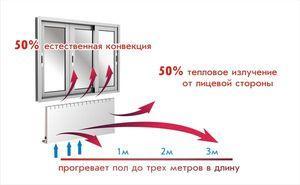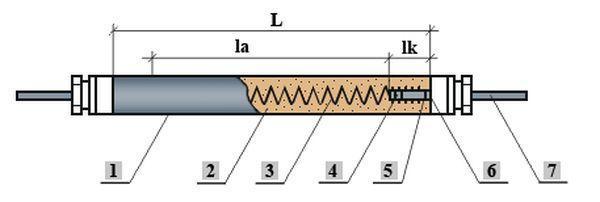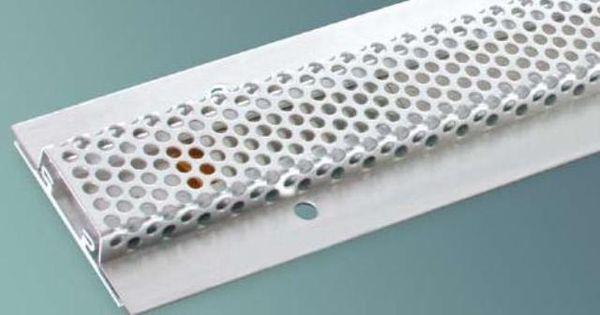Pros and cons of convector heaters
Electric heaters of the convector type are extremely common due to their low cost. Convector heaters have both their pros and cons.
The principle of operation of electric convector heaters

Electric heaters of a convector type, regardless of the specific type, work according to the same principle. It is based on the fact that the density of warm and cold matter is always different. As a result of this feature, the heated air always rises upward, since it is more rarefied. That allows you to optimally warm the air in the room, as well as all surfaces located in the reach. Circulation occurs naturally, without human intervention or any adaptation (Fig. 1).
It is from the principle of operation that all the advantages of convector heaters, as well as the disadvantages they have, follow. An important role is played by the design features of this type of devices for heating rooms.

The heating element, which acts as a heat source, consists of the following main parts (Fig. 2):
- 1 - body made of heat-resistant metal;
- 2 - high resistance filler;
- 3 - a spiral made of tungsten or other material with a high heat transfer capacity and heat resistance;
- 5 - sealant;
- 6 - insulator preventing contact between the spiral and the metal sheath;
- 7 - contact rod.
Pluses of convector heaters
Convector heaters for summer cottages and houses have a large number of very different advantages. The most important are the following:
- the tubular body of the heating element has a temperature lower than the tungsten coil inside it;
- the service life of the heating element, as well as other structural elements of the convector heater is very long;
- a heating element of this type can work in rooms with high humidity, the protection class of most such electrical appliances is IP.
The housing of the heating element of the devices under consideration, even when heated to the maximum temperature, does not allow the palm to be burned if accidentally touched. Also, the presence of special protective grilles, which are the heater body, make it possible to avoid injuries (Fig. 3).

Also, the important advantages of heaters of this type include their durability. Due to the simplicity of the design of the heating element and the absence of complex electronics, such products can serve for many years. In addition, many heating elements are equipped with special temperature sensors, which avoids overheating and fire (Fig. 4).

Also, in the design of many models there are additional options that allow you to automate the process of heating the room, to reduce human participation in the heating process to a minimum.
Many convector-type heaters have a high degree of protection against water. That is why they can be installed (in the presence of an RCD) almost anywhere in an apartment, residential building, summer cottage. All live parts are usually well insulated, the ingress of liquid on them is almost completely excluded (if the protective insulation is not damaged).
A household network with a standard voltage of 220 (V) is used as a power source for devices of this type.Therefore, there are usually no problems with connection, in any electrified building there is a household single-phase socket.
All electric convection heaters are extremely simple in design. That is why their repair is not difficult. To implement it, you need a minimum knowledge of electrical engineering, a pair of screwdrivers and pliers. What is another important advantage of the device of this type.
Cons of convector heaters
There are significantly fewer of them than advantages, but, nevertheless, they are quite significant:
- high power consumption;
- decrease in efficiency over time;
- the presence of noise during heating.
Most devices of this type consume a fairly large amount of electricity from the network, which is a consequence of high performance. Almost all models, even the smallest ones, rarely consume less than 1.5-2 kW / h. These operating parameters result in impressive electricity bills. They often hit the budget significantly, especially in winter.
Over time, the efficiency of the tubular electric heating element decreases. Since, as a result of constant exposure to temperature changes, the distance between the heating coil and the metal casing increases (Fig. 5), which directly transfers heat to the surrounding air.

Many models make noise during heating or cooling. The reason for this is thermal expansion and the subsequent reverse process. These sounds are usually not audible, but if left working overnight, it can interfere with restful sleep.
Also, the disadvantages include the fact that when the heating element coil burns out, it must be changed, it simply cannot be repaired. Since it is simply impossible to properly connect a tungsten filament at home and insulate the inside of the tube, specialized and very sophisticated equipment is required (Fig. 6).

Reviews of convector heaters are mostly positive. They are popular among owners of summer cottages, as well as private houses that are not equipped with central or autonomous heating. Devices of this type have many different advantages.
Convector heaters, the pros and cons of which can be easily learned from the accompanying technical documentation, are the best solution if the room can be heated only with electricity. High efficiency makes it easy to maintain the required temperature.